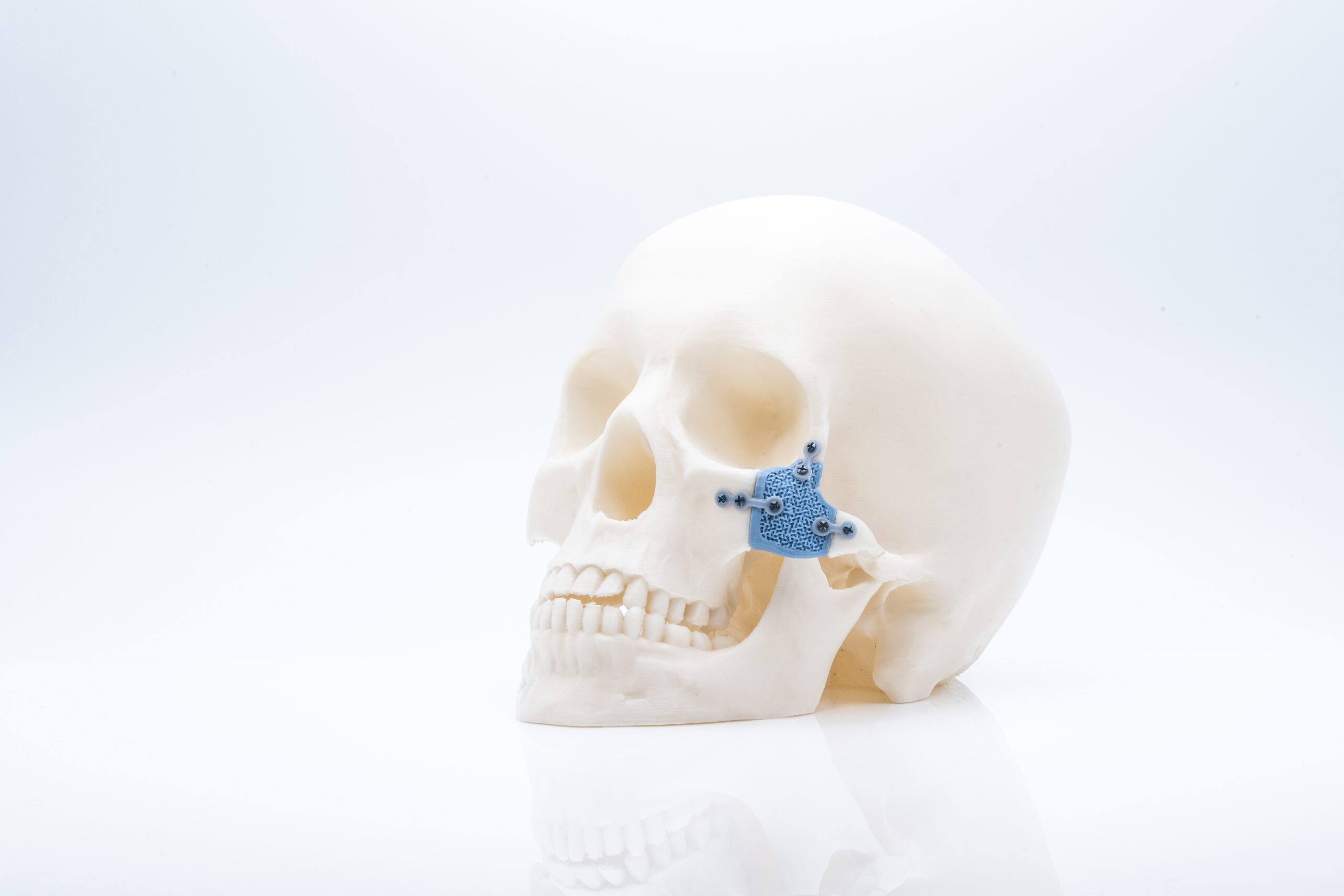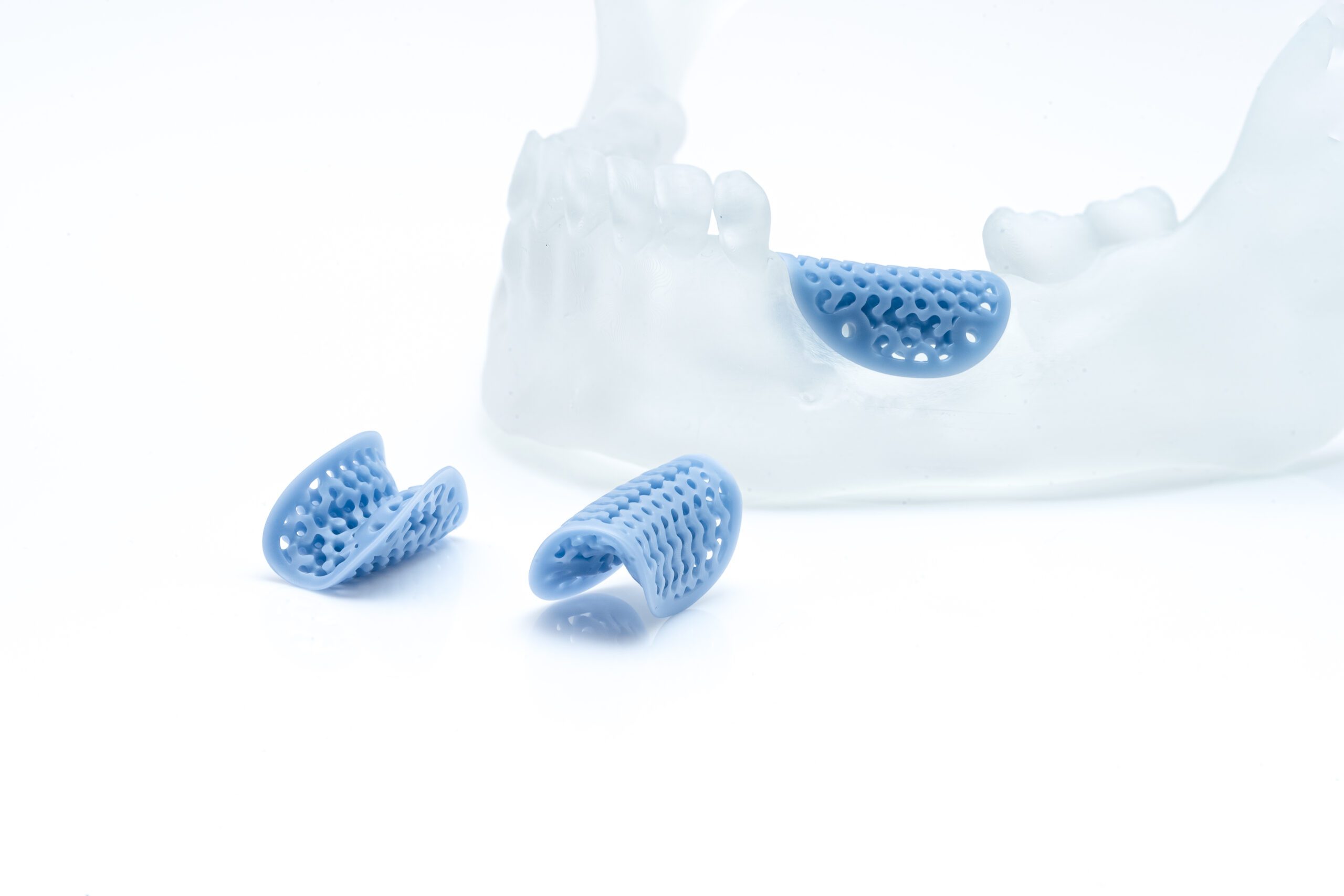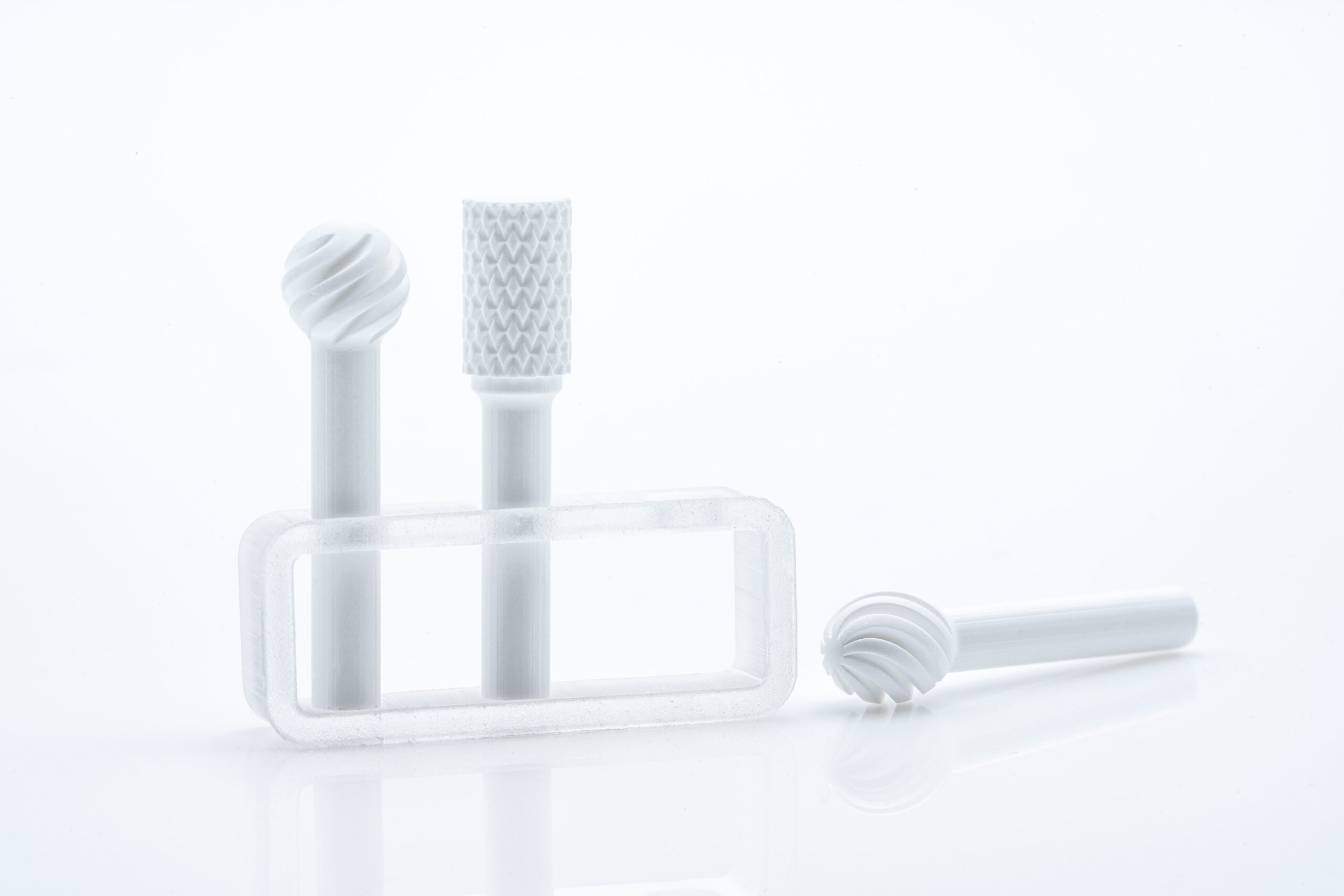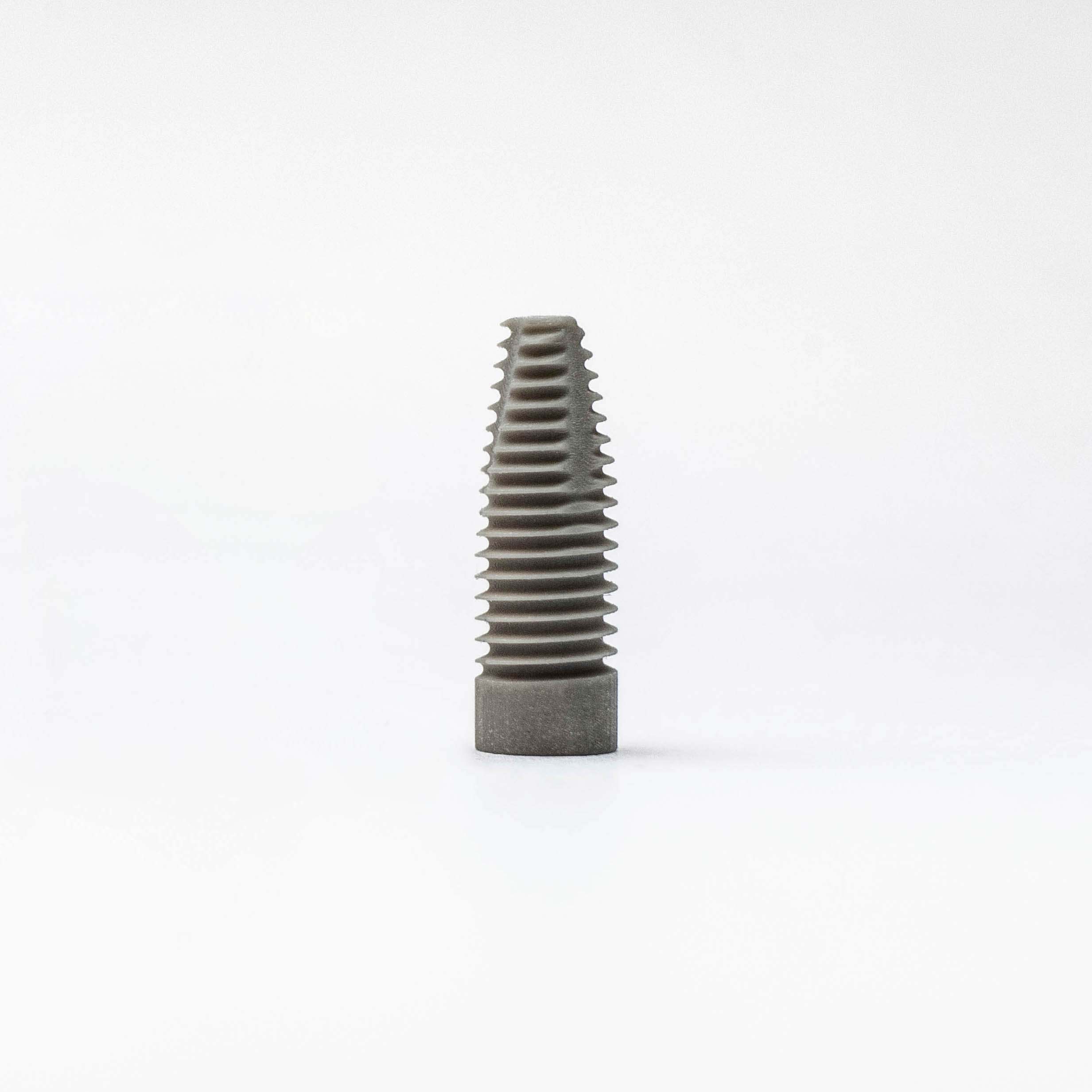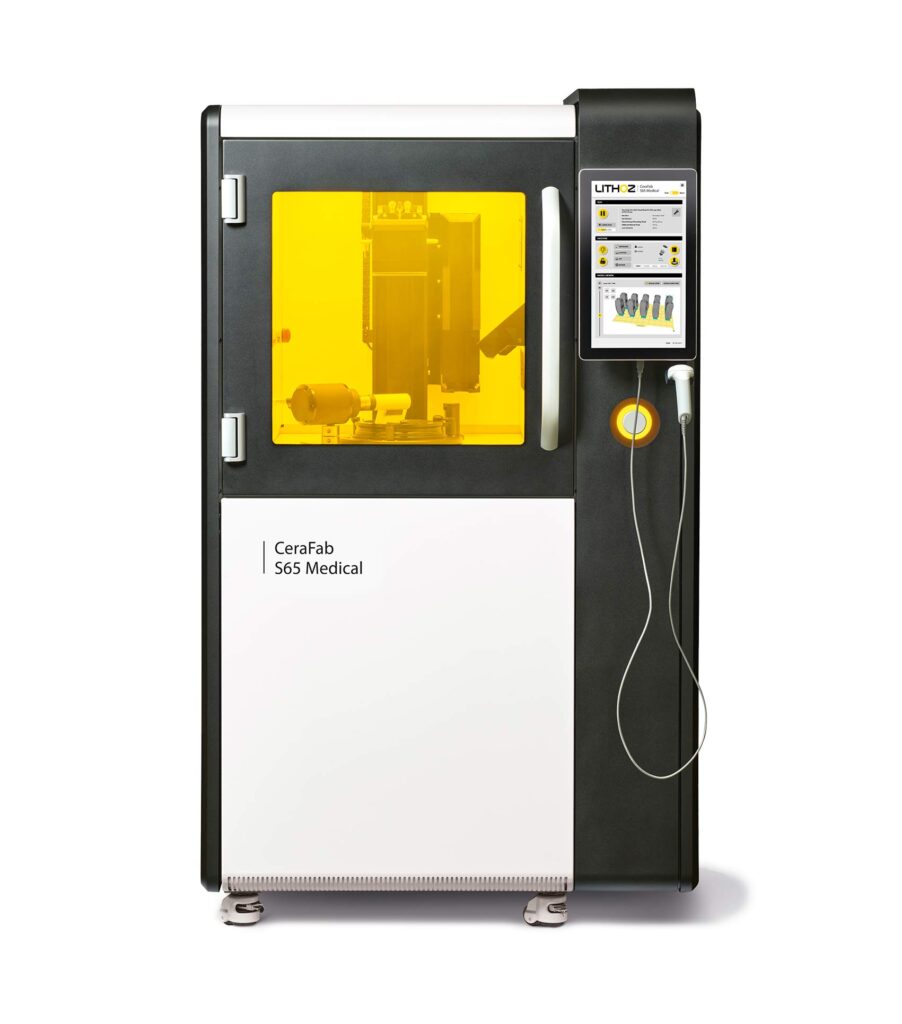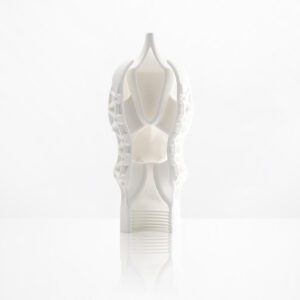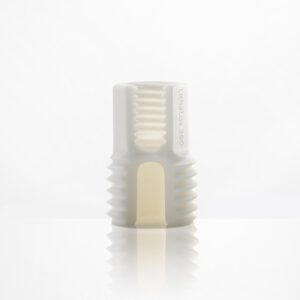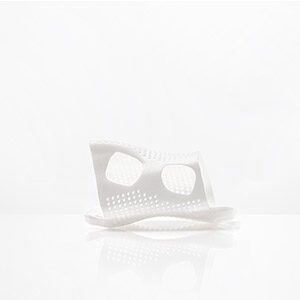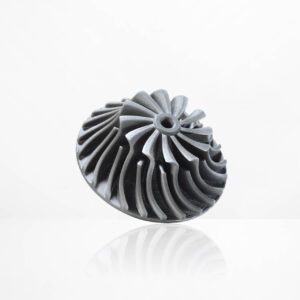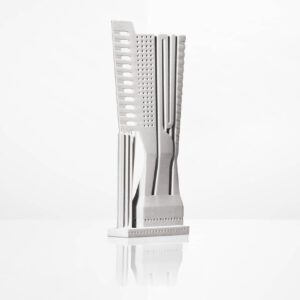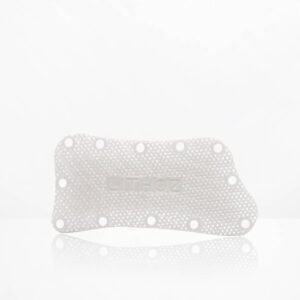
3D printing of ultra-thin veneers made of lithium disilicate
An aesthetically appealing restoration of anterior teeth with thin ceramic veneers is considered one of the ultimate challenges in restorative dental prosthetics due to the required low ceramic layer thickness. 3D-printed lithium disilicate ceramics achieve the level of accuracy and excellent mechanical properties required for dental applications.
A virtual veneer preparation was performed on the maxillary anterior teeth of a 23 old female patient and the case has been produced on a CeraFab System S65 Medical with translucent lithium disilicate. The fit on the dies was highly accurate, and the aesthetic appearance of the veneers could be considered excellent. Especially noteworthy was the excellent appearance of the sharp-edged ultra-thin margins of the veneers. Additive manufacturing proved to be advantageous in this regard, as the milling of veneers would otherwise require the restoration margin to be initially reinforced and then cut back by hand.
This proof-of-concept case demonstrated that it is possible to fabricate ultra-thin lithium disilicate veneers in a very efficient and operator-friendly workflow using the Lithoz LCM procedure.
